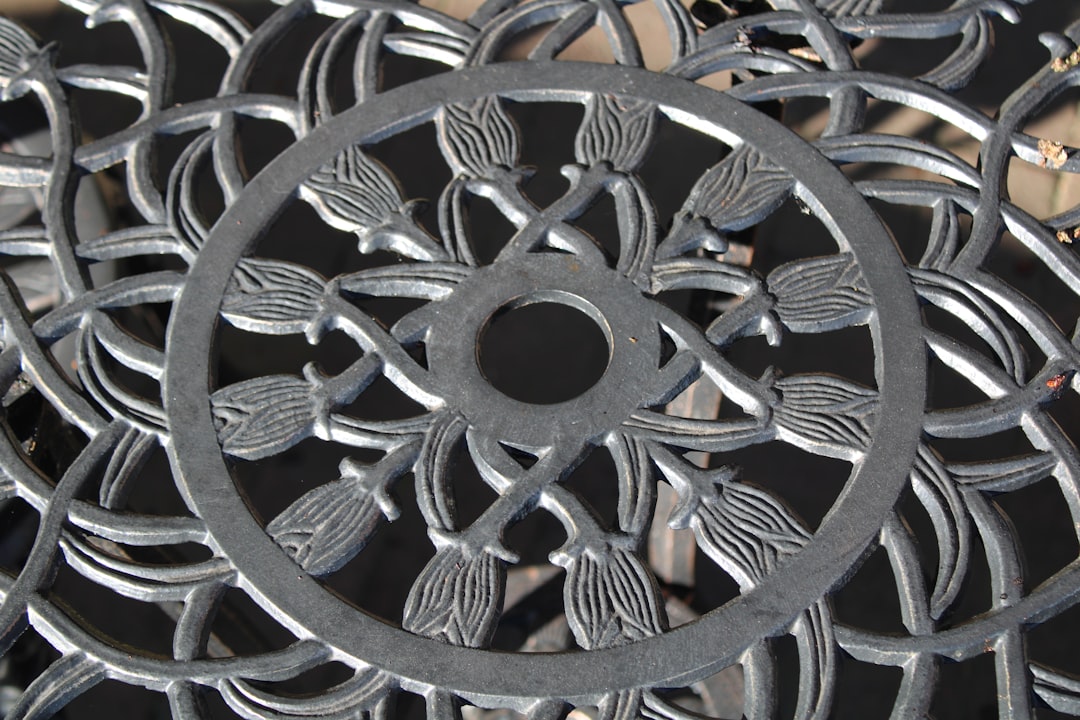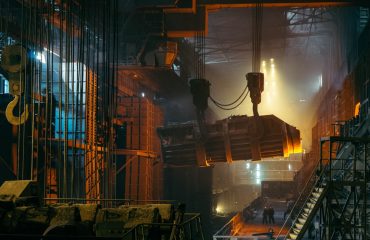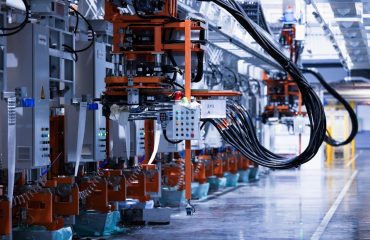Steel, the backbone of modern infrastructure, is constantly evolving. While traditional carbon steel remains a workhorse, the demand for enhanced properties – strength, corrosion resistance, and specific functionalities – has driven the development of a wide range of alternative steel alloys. These advanced materials are transforming industries, from aerospace and automotive to construction and medical implants.
1. Stainless Steels: The Corrosion Champions
Stainless steels are perhaps the most well-known alternative steel alloys. Their defining characteristic is their exceptional corrosion resistance, attributed to the presence of chromium (typically at least 10.5%). This chromium forms a passive oxide layer on the steel’s surface, protecting it from oxidation and rust. Different grades of stainless steel offer varying levels of corrosion resistance, strength, and ductility. For instance, austenitic stainless steels (like 304 and 316) are known for their excellent formability and weldability, while martensitic stainless steels offer higher strength. Applications range from kitchen utensils and medical instruments to architectural cladding and chemical processing equipment. Specific alloys like duplex stainless steels combine the benefits of austenitic and ferritic structures, offering a superior balance of strength and corrosion resistance, making them ideal for demanding environments such as offshore structures and pipelines.
2. High-Strength Low-Alloy (HSLA) Steels: Strength Without the Weight
High-strength low-alloy (HSLA) steels represent a significant advancement in steel technology. They achieve superior strength compared to traditional carbon steels with minimal alloying additions. This results in lighter-weight structures without compromising strength, leading to significant benefits in fuel efficiency (in vehicles) and reduced material costs. The improved strength is achieved through microstructural control, often involving the addition of small amounts of elements like manganese, silicon, copper, and vanadium. These elements refine the grain size, enhance the yield strength, and improve the overall mechanical properties. HSLA steels are widely used in automotive body panels, pipelines, and construction applications where strength and weight reduction are critical.
3. Tool Steels: The Cutting Edge of Precision
Tool steels are specifically designed for applications requiring exceptional hardness, wear resistance, and dimensional stability at high temperatures. These alloys contain significant amounts of alloying elements such as tungsten, molybdenum, chromium, vanadium, and cobalt, each contributing to specific properties. High-speed steels (HSS), for example, retain their hardness at elevated temperatures, making them ideal for high-speed machining operations. Other tool steels are designed for specific applications, such as cold work tool steels for stamping and die-casting, and hot work tool steels for forging and extrusion. The precise control of the alloying elements and heat treatment processes allows for tailoring the properties of tool steels to meet the demands of various cutting, forming, and shaping processes.
4. Maraging Steels: Achieving Exceptional Strength and Toughness
Maraging steels are a class of high-strength, low-carbon steels that achieve their exceptional properties through a unique aging process. They typically contain high levels of nickel and other alloying elements such as cobalt, molybdenum, and titanium. The aging process involves heating the steel to a specific temperature, followed by slow cooling, which precipitates intermetallic phases that significantly enhance the strength and toughness. These steels exhibit exceptional strength and toughness, making them suitable for demanding applications such as aerospace components, pressure vessels, and high-performance sporting equipment. Their combination of high strength and excellent fracture toughness makes them ideal for applications requiring both high load-bearing capacity and resistance to cracking.
5. Advanced High-Strength Steels (AHSS): The Future of Automotive and Beyond
Advanced high-strength steels (AHSS) represent the cutting edge of steel technology, encompassing a wide range of alloys designed to achieve exceptional strength and formability. These steels often utilize complex microstructures and innovative processing techniques to optimize properties. Examples include transformation-induced plasticity (TRIP) steels, which exhibit excellent ductility and strength due to a transformation of austenite to martensite during deformation, and twinning-induced plasticity (TWIP) steels, which rely on the formation of deformation twins to enhance strength and ductility. AHSS are increasingly used in automotive applications to reduce vehicle weight, improve fuel efficiency, and enhance crashworthiness. Their superior properties are also finding applications in other sectors, including construction and energy.
The development of alternative steel alloys continues to be a dynamic field, driven by the constant need for materials with improved properties and enhanced performance. As research progresses and new technologies emerge, we can anticipate even more innovative steel alloys that will further revolutionize various industries and shape the future of materials science.
SEO Tags:
- Alternative Steel Alloys
- Stainless Steel Grades
- High-Strength Low-Alloy Steel
- Advanced High-Strength Steel (AHSS)
- Tool Steels




